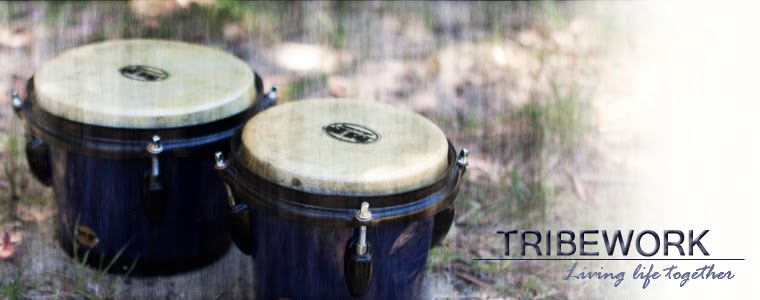
It’s human nature to forget. It takes months, years and in some cases decades to rebuild after devastation. Once the initial sympathetic interest wanes, however, most of the affected are forgotten and left to fend for themselves.
Our job is to remember; support is a marathon and not a sprint.
Taking a backward step when disasters are about is not a good idea unless there’s such a distance that the disaster’s to be merely learned from. The vast majority find themselves in this position. To pray certainly and to free up whatever funds that can go toward the crises that occur.
Beyond the Initial Days and Weeks
It’s with dubious reluctance to say the Press media play a necessary role.
However motivated the Press is, it does play the role of facilitating hope, placing leaders and their efforts, as well as the efforts and plight of ordinary persons, as beacons of resilient light—a portrayal of pulling together. These are anchors with which others floating haphazardly upon their individual river-craft cling.
The problem is the media focus is skewed to highlight the initial crisis, but at accord with human memory to dilute passion over time, it quickly shifts onto other things—onto new News. What’s not on our televisions has little chance of capturing the global imagination—it’s a sad fact.
But due the media we’re at an advantage over those who lived in previous generations—and certainly those living during perilous times a hundred (or even fifty) years ago and more.
I wonder how many cast their thoughts to
The real support is required down the track a bit. How many of us will pen a note into our diaries to contact those we know who’ve suffered twelve months from now—to actually offer our tangible support when help has trickled to a standstill?
“R” for Recover
The biggest overall threat to the wellbeing of any community suffering natural disaster is the longer term rebuild of critical infrastructure.
Never to undermine response efforts (for recovery cannot start until all responses are made) we think less about recovery—a phase taking tens and hundreds times longer, pushing the human will to, and many times beyond, breaking point.
It’s a sad fact that the outward ripples of causation resound like invisible shock waves through the lives of the many. The iceberg effect takes place; whatever destruction can be seen merely signals the mountain of devastation that can’t be seen.
The wise leader, praying person and helper in crisis keeps the longer term needs in sharp background focus, always. The journey through disaster is a marathon, not a sprint.
The epicentre of disaster booms the start of a journey nobody wants to take.
Parting thought: Will we pray daily, and intercede where we can, committing to remember (and not forget) the ongoing plight of disaster victims? Will we make our help as active, viable and meaningful as possible?
© 2011 S. J. Wickham.

No comments:
Post a Comment
Note: Only a member of this blog may post a comment.